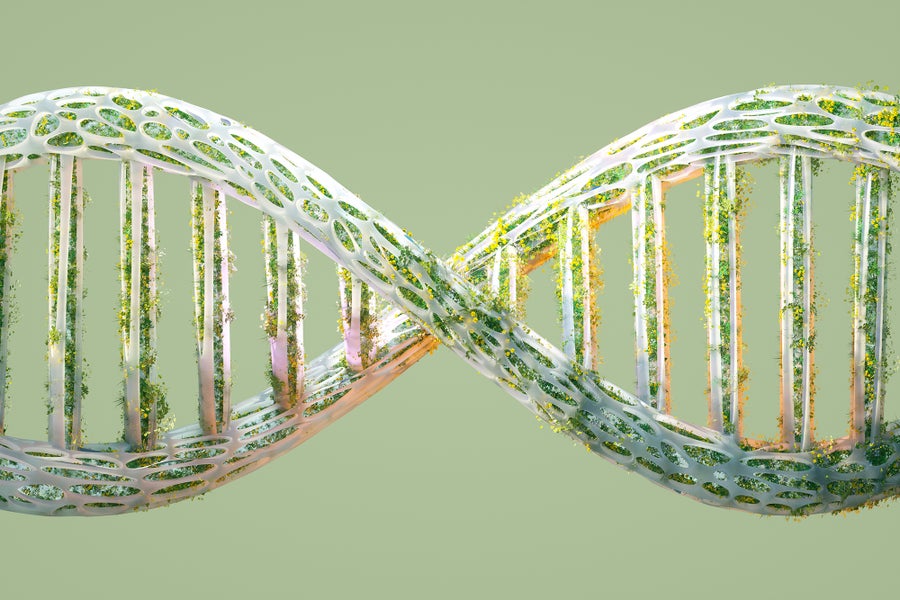by SIMON MAKIN

Breakthroughs in synthetic biology could create mirror versions of natural molecules, with devastating consequences for life on Earth
A category of synthetic organisms dubbed “mirror life,” whose component molecules are mirror images of their natural counterpart, could pose unprecedented risks to human life and ecosystems, according to a perspective article by leading experts, including Nobel Prize winners. The article, published in Science on December 12, is accompanied by a lengthy report detailing their concerns.
Mirror life has to do with the ubiquitous phenomenon in the natural world in which a molecule or another object cannot simply be superimposed on another. For example, your left hand can’t simply be turned over to match your right hand. This handedness is encountered throughout the natural world.
Groups of molecules of the same type tend to have the same handedness. The nucleotides that make up DNA are nearly always right-handed, for instance, while proteins are composed of left-handed amino acids.
Handedness, more formally known as chirality, is hugely important in biology because interactions between biomolecules rely on them having the expected form. For example, if a protein’s handedness is reversed, it cannot interact with partner molecules, such as receptors on cells. “Think of it like hands in gloves,” says Katarzyna Adamala, a synthetic biologist at the University of Minnesota and a co-author of the article and the accompanying technical report, which is almost 300 pages long. “My left glove won’t fit my right hand.”
The authors are worried about mirror bacteria, the simplest life-form their concerns apply to. The capability to create mirror bacteria does not yet exist and is “at least a decade away,” they write, but progress is underway. Researchers can already synthesize mirror biomolecules, such as DNA and proteins. At the same time, progress has been made toward creating synthetic cells from nonmirrored components. In 2010 researchers at the J. Craig Venter Institute (JCVI) in California installed synthetic DNA into a cell to create the first cell with a fully synthetic genome.
Further breakthroughs would be required to create mirror life, but they are achievable with substantial investment and effort. “We’re not relying on scientific breakthroughs that might never happen. I can draw you a list of things that need to happen to build a mirror cell,” Adamala says. “It’s not science fiction anymore.” Adamala previously worked toward creating mirror cells, but she now fears that if mirror bacteria are created, the consequences could include irreversible ecological damage and loss of life. The article’s authors, who include experts in immunology, synthetic biology, plant pathology, evolutionary biology, and ecology, as well as two Nobel laureates, are calling for researchers, policymakers, regulators and society at large to start discussing the best path forward to better understand and mitigate the risks the authors identify. Unless evidence emerges that mirror life would not pose extraordinary dangers, they recommend that research aimed at creating mirror bacteria should not be conducted.
Scientific American for more
